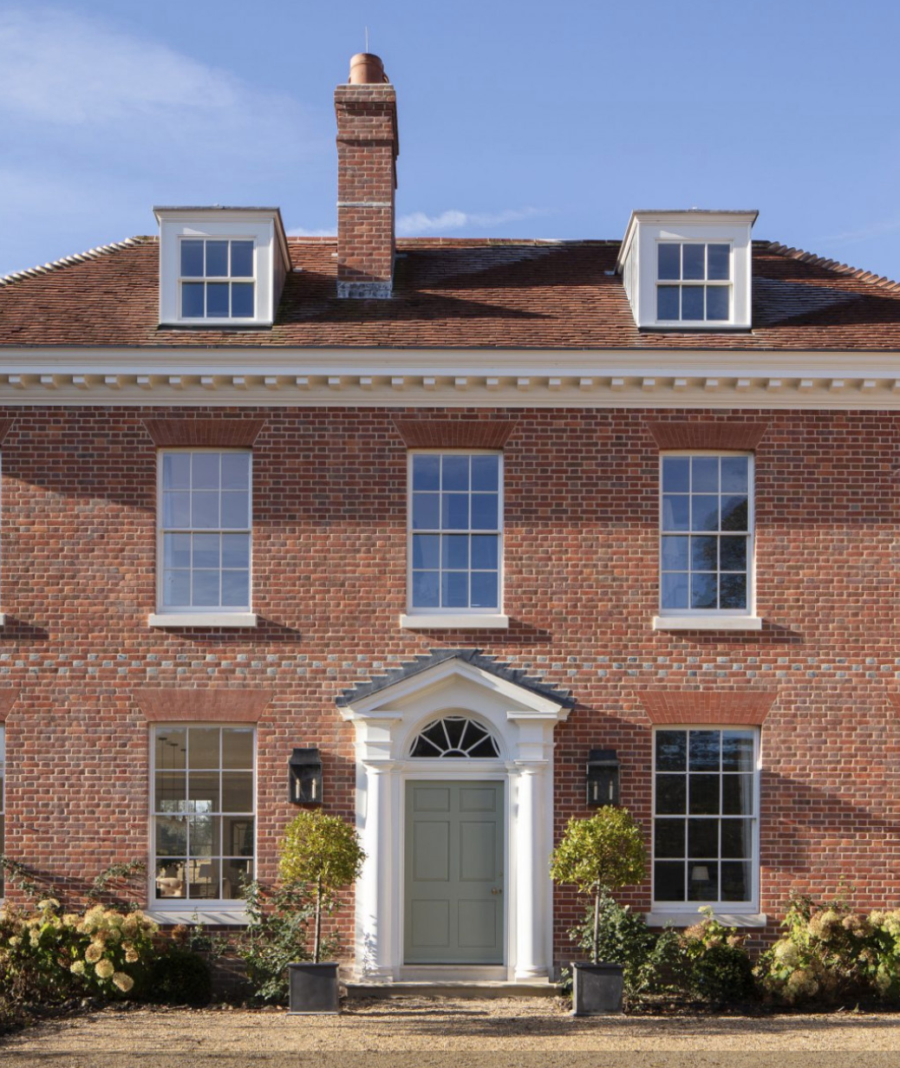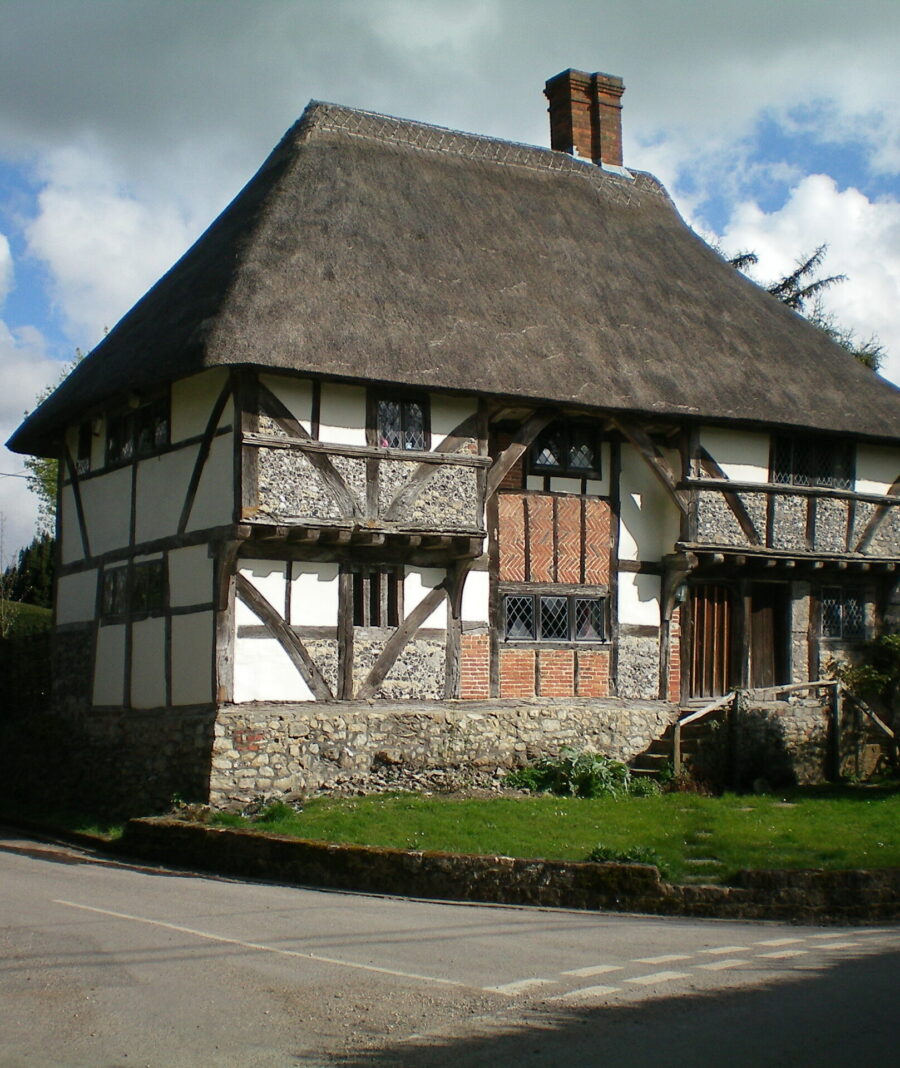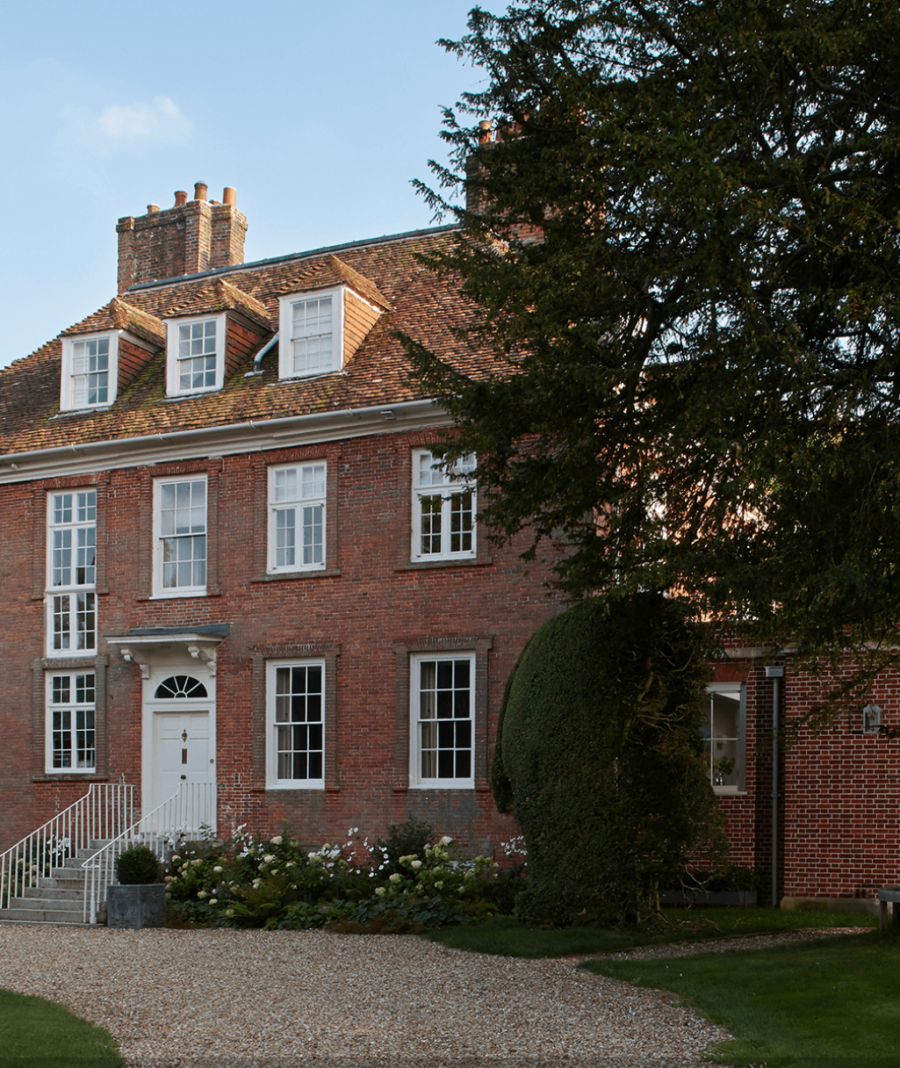Journal
If your English country house name is “The Forge” or “The Mill House”, its history and derivation is fairly obvious. But what about “Navarac”, “Cordwainers ” or “Trap Hole Cottage”?
The study of English country house names is fascinating and takes in many centuries, many cultures and an often ancient vernacular languages now lost. House names can offer a glimpse into the rich and sometimes quirky history of a dwelling, they can be playful, historic or descriptive and can give clues to the buildings history or to the previous inhabitants.

Quintessential English country house names such as The Manor House, The Old Vicarage, The Old Rectory all symbolise large well-proportioned properties usually on the edge of a village; analysis has shown that these property names with historical ties command the highest values.
According to Country Life magazine “Savills” (estate agents) have done some digging, and found out that properties with the name ‘The Manor House’ command the highest price tag in England and Wales….For example, a ‘Manor House’ was sold 56 times by Savills in the past five years, with the average value of those homes being £1.423 million, and 43% of those homes selling for more than £1 million. As well as The Manor House, homes named Old Rectory, Mallards, Old Vicarage and Oast House all had an average value of more than £1 million.”
The Manor House
The Manor was originally the main house of the Lord with the house forming the administrative centre of a manor in the feudal landlord system. Somewhat confusingly, a manor might have originally started as a hall, promoting itself to a manor to rid itself of its humble past. A manor was usually the centrepiece of that area’s administrative heart. The older manor houses often have a great hall where meals with tenants or great banquets were held.

The Old Hall, Hall House etc
The origin of the Hall House is a fascinating and ancient one stemming from Anglo Saxon times. The original hall buildings were meeting places and they usually comprised of four walls, a roof and a fire around which to gather. Because of the fire they usually had very tall ceilings which were often later filled in with floors which were added to as the hall’s original use as a public meeting space diminished. The retro-fitting of additional floors, with rooms and extensions, allowed users private spaces and meeting rooms, and as a consequence the layout of a Hall can often be complex as they were usually developed in a piecemeal ad hoc fashion.
The Grange
A Grange is usually a large farmhouse with farm buildings and grain stores attached. It is likely that the term Grange originally stemmed from a time when England’s land was divided up as part of the monastic system, with monastic granges being outlying landholdings owned by monasteries and Cistercian monks. So essentially, a Grange was an agricultural outpost, and where there was a Grange there was often a much larger ‘mothership’ house, often an Abbey or Priory, nearby. The theme of being a ‘religious outpost’ stuck up to the Victorian period when a vicar or landowner would often live in the Grange. As land was sold off over time by Abbey’s and the church, Grange’s became independent houses.

The Old Rectory & The Old Vicarage
A rectory is distinct from a vicarage, by virtue of the fact that Rectors collected both the greater and lesser tithes of the parish. Greater tithes were 10% of the cereal crops produced in the village, while lesser tithes were 10% of the parishes other produce and livestock. A vicar only collected the lesser tithes, suggesting The Old Vicarage is a slightly less grandiose property.
Park House
The origin of the Park was often the park itself, usually an exceptional plot of land which suited the addition of what was usually a home of magnificent or stately size. Often the original Park was owned by royalty or a feudal landlord, and it would have been where they went to hunt deer to feed his household. Park houses often still retain a stock of deer as a nod to the past, with many herds believed to be made up from the original lineage.

The Villa
It’s not surprising to learn that the Villa suffix stems from Europe and the Roman occupation of England, and it principally means large luxurious house with land. These days it’s not commonly used as a suffix to a house name, but more often used as a way of describing a neo-Italianate classical house, of which there are many in towns like Cheltenham and Bristol. They often had palatial proportions, arched windows and sometimes towers with gently sloping roofs.
Dower House
A Dower House was one which was almost always built for a widow, usually on the estate of the man to whom she was once married. The name is linked to the term ‘Dowager’, which was the name given to a widow who had a title or owned property. Dower Houses were usually quite large.
House names can be found in medieval deeds many of them describing the householder, their occupation and the appearance of the house. The nobility named their houses, halls, castles, and lodges as a matter of practicality, since homes weren’t numbered until 1765, reflecting their surnames, title or location. They then started the habit of naming properties on their estates, and this was usually the name associated with where the property was located or who lived in the building; for example; The Mill House, The Forge, The Stables, The Dairy, Cooks Cottage etc.
This practice of property naming then became popular within the general population, and owners began to use names based on features that were close to them; pastoral names such as Rose Cottage, Yew Tree House, River House, Hillside etc. Some of the grander homes built for the new middle classes adopted names used by aristocracy; Pembroke Lodge, Sutherland House, Park House.



During the 18th century, a numbering system was introduced in to more urban developments. Typically, houses on the left side of the street were assigned odd numbers, and houses on the right side, even numbers. However the fashion of naming one’s home still persisted and as suburban housing developments grew the middle classes used a house name as a way to personalise their property taking inspiration from the surroundings or features of the property; such as Orchard House, Ferndale, Tudor House. House names also began to reflect the home owner’s sentiments about something meaningful to them personally, often using names of relatives, or animals; The Foxes, Badgers Rest, Swallow Lodge, Gordon Villa.
Regardless of the size of a property, the origin of the name contains clues to previous occupants and can be historical or sentimental in their meaning. As Savills estate agents has witnessed a house name can add value to a property. If you are inclined to change the name of your home it can be done for as little as £40 by informing your local authority. New names should not be offensive or difficult to spell, or advertise a business, so whether your house is already named or you decide to choose a new one, your home can be as individual as you are.
image credit ADAM Architecture


